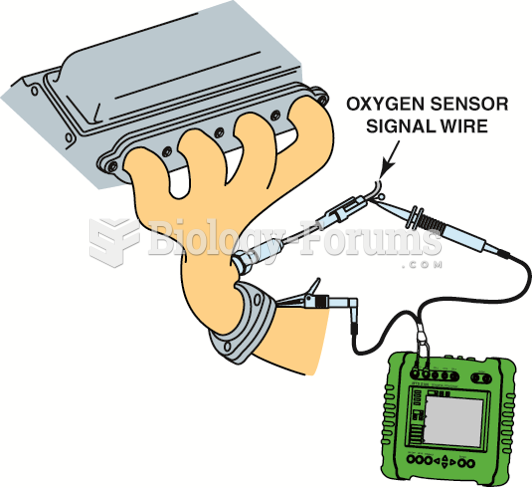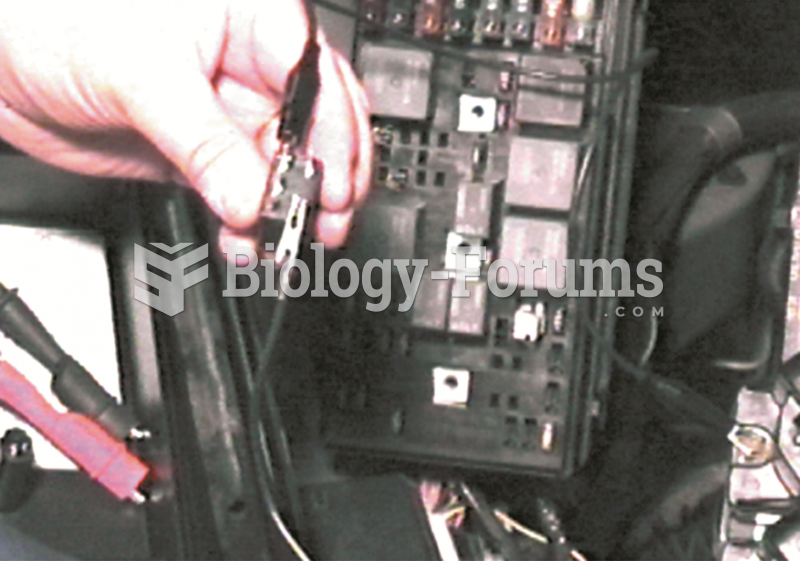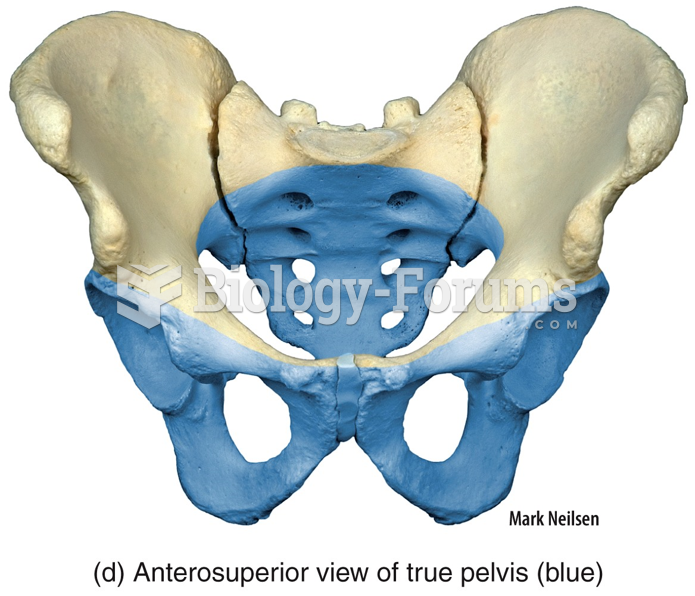|
|
|
The U.S. Preventive Services Task Force recommends that all women age 65 years of age or older should be screened with bone densitometry.
A good example of polar molecules can be understood when trying to make a cake. If water and oil are required, they will not mix together. If you put them into a measuring cup, the oil will rise to the top while the water remains on the bottom.
Anti-aging claims should not ever be believed. There is no supplement, medication, or any other substance that has been proven to slow or stop the aging process.
Cocaine was isolated in 1860 and first used as a local anesthetic in 1884. Its first clinical use was by Sigmund Freud to wean a patient from morphine addiction. The fictional character Sherlock Holmes was supposed to be addicted to cocaine by injection.
A seasonal flu vaccine is the best way to reduce the chances you will get seasonal influenza and spread it to others.
 A typical pedestal grinder with a wire wheel on the left side and a stone wheel on the right side. ...
A typical pedestal grinder with a wire wheel on the left side and a stone wheel on the right side. ...
 Connecting a handheld digital storage oscilloscope to an oxygen sensor signal wire. The use of the ...
Connecting a handheld digital storage oscilloscope to an oxygen sensor signal wire. The use of the ...





